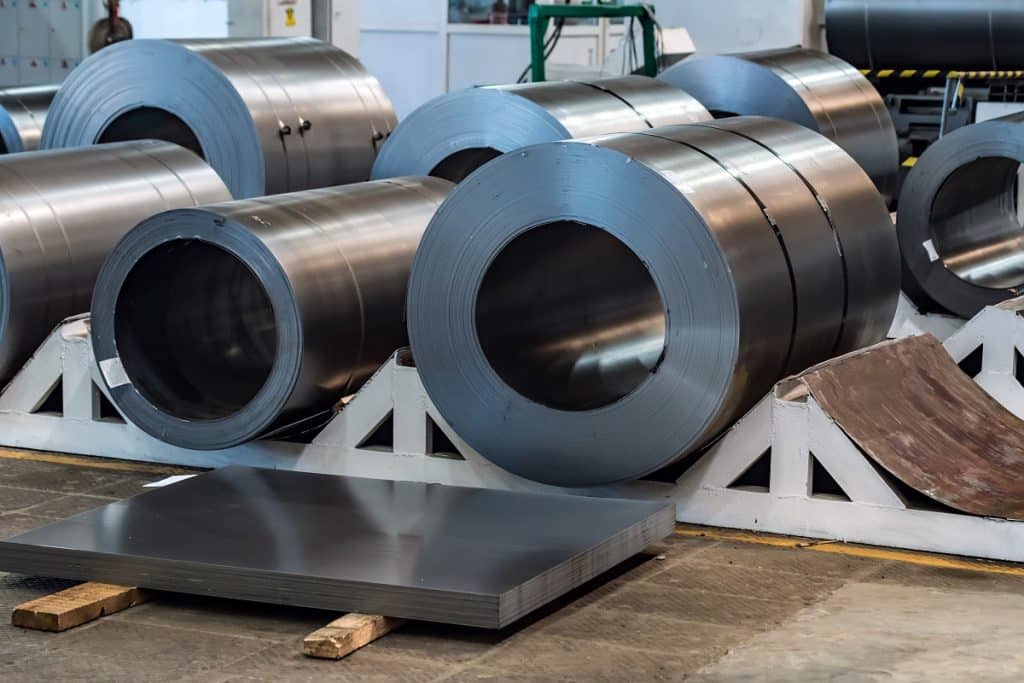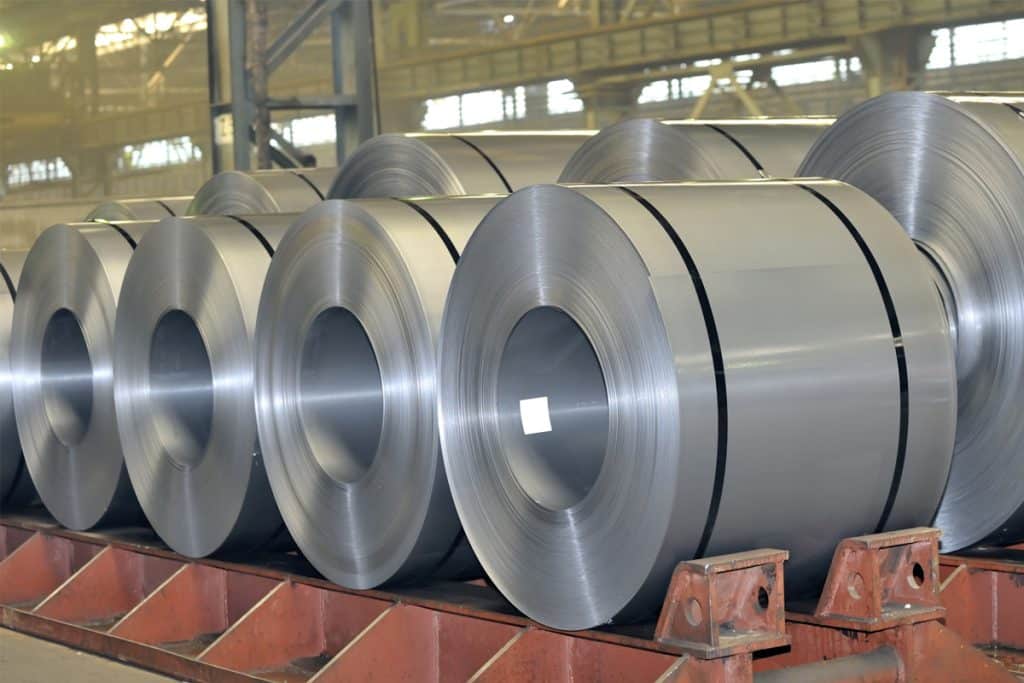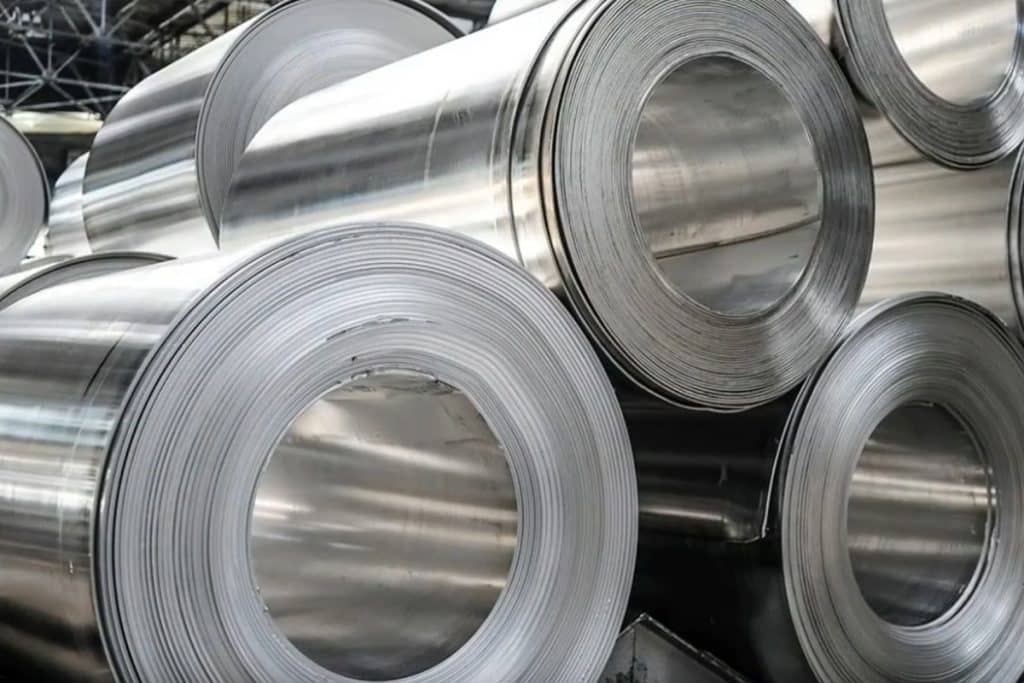In short, hot-rolled steel is processed at the mill at high temperatures and that’s it. On the other hand, cold rolled steel is processed as a hot roll, but once it has cooled to room temperature, it received additional processing for different benefits.
Generally speaking, hot roll steel has a rougher surface, wider tolerances, and lower cost. It is used most commonly for construction, welding, and other projects where tight tolerances and exceptional finishes are not necessary. By comparison, cold roll steel has a smoother surface finish, higher strength, and tighter tolerances. Cold-rolled steel is superior if tight tolerances, smooth surface finishes, or consistency are crucial.

Hot Rolled Steel
Hot Rolling is a mill process that almost all steel stock goes through. First, the steel is heated to over 1700℉ (926℃), which is above the recrystallization temperature of the metal. Because of this, the steel is easy to manipulate, shape, and form. Once the material is shaped, it is left to cool to room temperature. During this process, the metal shrinks as it cools, which can cause some slight warpage. This is why the tolerance for hot rolled steel is looser than cold rolled steel.
Hot-rolled steel also tends to be cheaper than cold-rolled steel because of the reduced tolerances and slightly lower strength.
You can visually identify hot-rolled steel by the following traits:
- A rough and scaly surface
- A dry or oil-free finish
- Any edges on the material are rounded

Cold Rolled Steel
Cold roll is initially hot roll material. But then once it has cooled, it undergoes further processing. While at room temperature, cold rolled steel is either annealed or drawn through rollers, depending on what the manufacturer needs the metal to do. These processes tighten the material tolerance and actually make the material stronger. The surface finish, tolerance, straightness, and consistency of cold-rolled steel will always be superior to hot-rolled steel. As such, it is usually a bit more expensive.
If the cold-rolled product was annealed, it will be easier to work than the hot-rolled material. It should also be heat treated to harden it further once you’ve worked it into the shape you want. If it has just gone through rollers, then it will be stiffer and harder for the machine.
You can visually identify cold rolled steel by the following traits:
- A smooth surface
- An oily or greasy finish
- Any edges are sharp

Cold Rolled, Cold Finished, or Cold Drawn?
It is worth noting that technically the term Cold Rolled/Cold Roll only refers to sheet or coil products. However, the term is so commonly used for any sort of steel product that receives further processing that it has become standard to use it for those products.
You might hear bar products referred to as Cold Finished or Cold Drawn, which typically involves four specific steps:
- Cold drawing – Pulling the bar through rollers, increases the strength, narrows the tolerance, and removes the need for further thermal treatments.
- Turning – This process removes surface imperfections and further tightens the tolerance.
- Grinding – This narrows the tolerances even further.
- Polishing – The final step, dramatically improves the surface finish.
